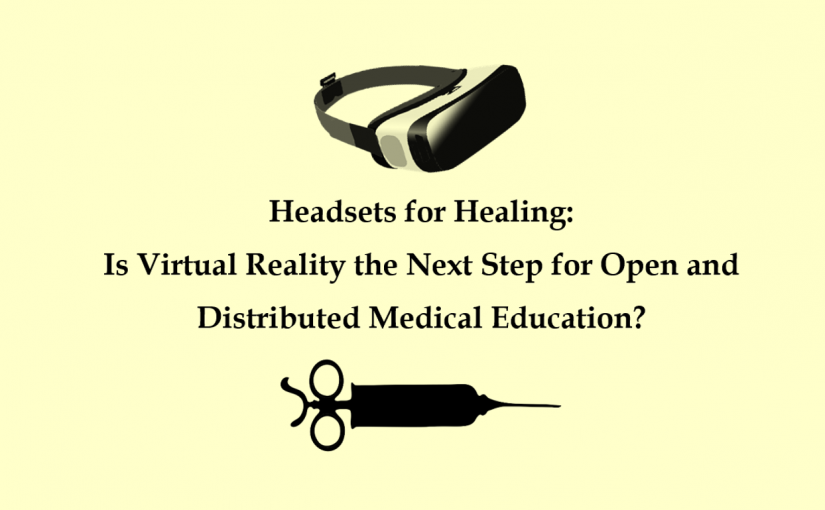The main cost of VR educational tools stems from buying the VR headsets. VR was initially released at inaccessibly high prices. However, prices have dropped in recent years. According to Best Buy Canada, the headset prices range from $100 for mobile phone-based VR headsets to over $1000 for systems that require VR-compatible computers. Facebook’s Oculus Go VR system is one of the most popular options, sold for $199. For the most affordable option, users can opt for the Google Cardboard, which sells for $19.80. This cardboard device allow users to experience VR using their smartphone. There are no handheld controllers used with Google Cardboard. This means that interactive activities such as simulated surgeries may be challenging on this platform. However, at such a low price, Google Cardboard is very accessible and may be more realistic for learners and educators who are on a strict budget.
Although advanced VR equipment is expensive, VR educational methods can lead to decreased costs in medical education. After buying the headsets, VR simulations can be reused recurrently at low cost and require less staff supervision than other educational strategies (Pantelidis et al., 2017). In the context of medical education, VR can supplement expensive learning experiences such as lab activities with cadavers. According to healthcare journalist Bridget M. Kuehn, educational use of cadavers leads to “considerable supervisory, ethical, and financial constraints” which can be circumvented through the use of VR (Kuehn, 2018). According to National Geographic science writer Cathy Newman (2018), building a safe and operational cadaver lab costs approximately $10 million. With decreased need for expert supervision, human specimen, and expensive lab equipment, VR is an affordable alternative to traditional in-person laboratory instruction. If learners rent or own VR headsets, educational simulations can take place anywhere. One day, hopefully there will be open access to VR simulations for all learners who have a headset. This will allow medical education to be delivered in a more open and distributed fashion.

Navigation
- Introduction
- How is VR Currently Used in Medical Education?
- Students
- Ease of Use
- Cost
- Teaching
- Interaction
- Organizational Issues
- Novelty and Networking
- Security and Privacy
- Conclusion and Question
- References and Attribution
License
This work is licensed under Creative Commons (CC) Attribution 4.0 International

